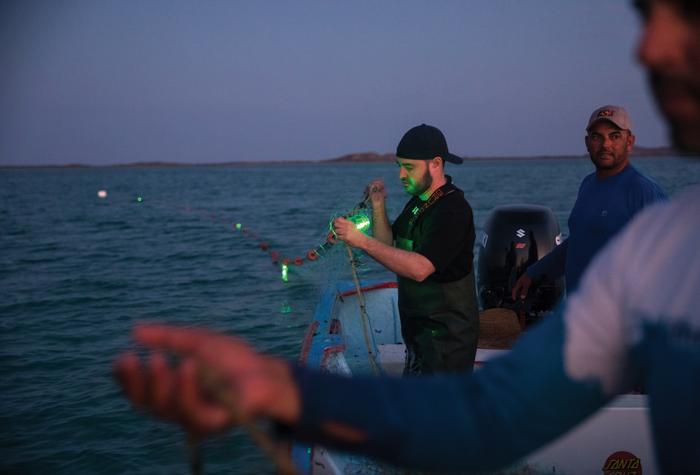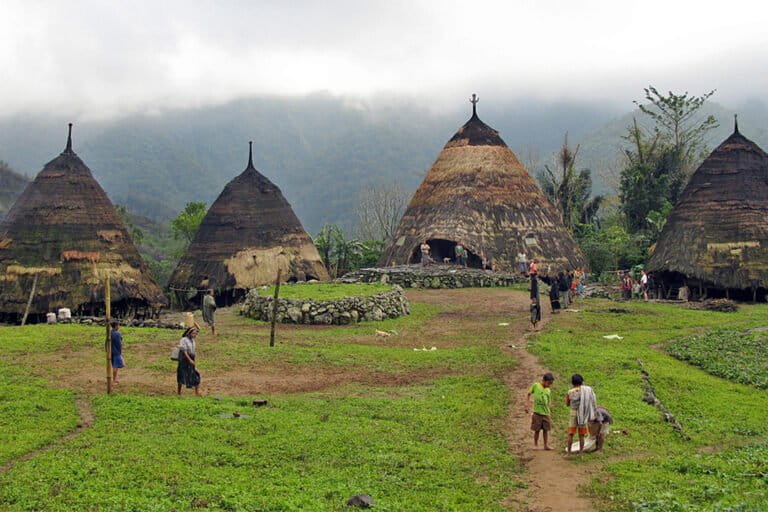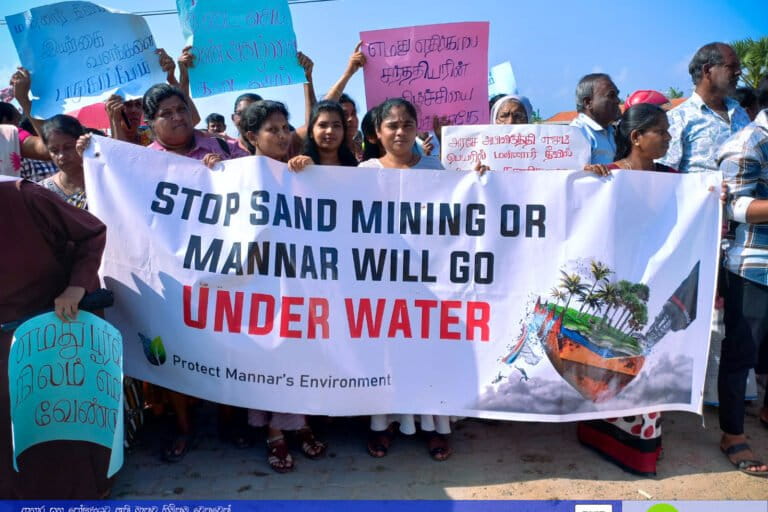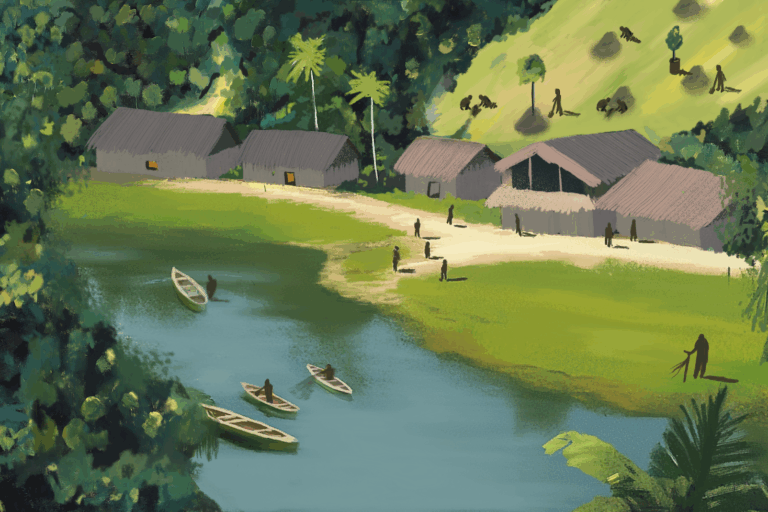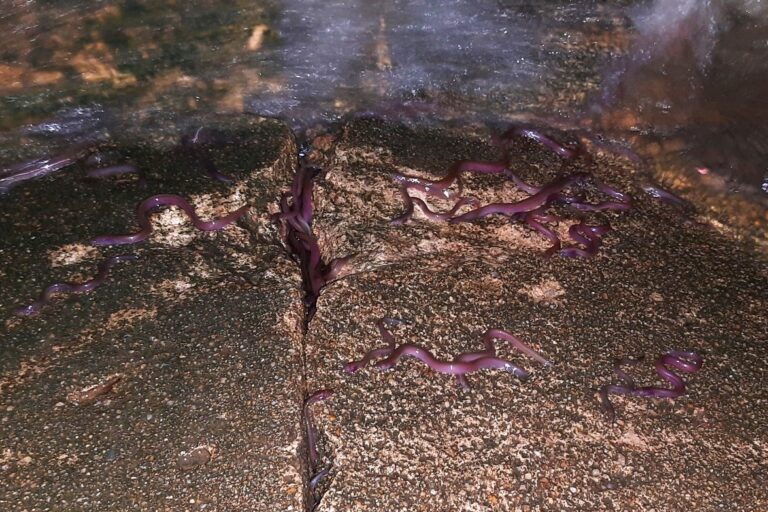- An unusual drought, described by the government as the worst of the past 25 years, has 142 of the country’s 339 municipalities in a state of emergency because of the loss of crops and livestock.
- The government enacted a dozen decrees to address the emergency, primarily with the allocation of 48 million Bolivianos ($6.9 million) to provide farmers with water, seeds, forage, and balanced food for the livestock.
- Despite the government assistance, farmers still fear they will not recover in time for the summer planting season so they are asking for financial aid.
- More than 145,000 farming households have been affected.
The two food production systems that support Bolivia — family farming and agribusiness — are being hit by the worst drought in the last quarter century and one of the three worst in the last 65 years.
Official data indicate that a state of emergency has been declared in 142 of Bolivia’s 339 municipalities. Eight of the nine Bolivian departments have been affected. One hundred and forty-five thousand families are at risk, nearly 299,000 hectares of crops have been damaged, and around 370,000 cattle have been lost.
Despite the extreme situation, national authorities say there will not be a shortage of food, and that food prices will not increase. To guarantee this, the government issued a package of decrees ordering the allocation of resources to assist those affected and to shore up the food supply through imports.
The resources sent to farmers — primarily food, forage, and water — have reached the impacted regions slowly.
Gonzalo Colque, director of the Tierra Foundation, a Bolivian sustainable development NGO, notes that the damage is mainly to the winter farming season and not the summer. Summer is the most important season for food production, with more than 3 million hectares planted, twice the area typically cultivated in winter.

Indigenous communities ask for help
Since the end of 2015, it has not rained in the municipality of Belén de Andamarca, located in the department of Oruro in the western part of the country. Its wells are practically dry, so the municipality declared a state of emergency.
“We have lost potatoes and quinoa crops, our llamas are dying, and we still have not received the help we need,” Cristóbal Huanca, an indigenous leader in the municipality, told Mongabay Latam.

In the municipality of San Antonio de Lomerío in the eastern department of Santa Cruz, home to many indigenous Monkox Chiquitano people, drought is a problem every year. It is exacerbated by population growth, according to resident Lidia Chuvé.
“We are right where the Precambrian Shield starts, which makes it impossible to drill [water] wells. We have five of them and no supply,” said Chuvé, referring to a prominent geologic feature. “Since August, they have given us just 30 liters of water per family.”
Rice, corn, and cassava crops no longer exist in San Antonio de Lomerío. Livestock must now travel 15 to 18 kilometers (9 to 11 miles) to drink water. This scenario was aggravated by forest fires in the east. “I already felt that this was the end. Although we are in a state of emergency, not even local, departmental, or national authorities assisted us,” said Chuvé.
In the municipality of Macharetí located in the department of Chuquisaca, the situation is no different. Residents have already lost 2,000 cattle and 50,000 more are at risk of dying. The situation in the municipality’s 43 communities (21 of them farming communities) is critical and even more so for the families of the 22 indigenous Guarani communities. Five hundred of their 1,300 cattle died.
“They are dying of hunger and thirst. Pregnant and breastfeeding cows are the first to fall. We feel impotence. We cannot do anything. We can only ask for the authorities’ support,” said Fermín Romero, an indigenous leader with the area’s Assembly of the Guarani People.

Guarani farmers lost 95 percent of their corn crops (1,190 hectares) and have gone into debt. “The municipality gave us the opportunity to grow crops, but things did not go well for us. We are in a total imbalance,” said Romero.
Chuquisaca departmental authorities have sent the community supplies of rice, noodles, flour, oil, and sugar that will be divided among those affected. “Each family received nine kilos. That will only last for a week. What shall we do?” asked the Guarani leader.
Losses nationwide
Across the country, some 370,000 cattle were lost. More than half a million more are at risk of dying, said José Luis Vaca, the president of the Federation of Livestock Farmers of Santa Cruz. Vaca stressed the urgency of helping the surviving animals regain their lost weight, which means an additional expense for farmers.

In the last week of August, Bolivian grain and oilseed producers reported losses of more than $180 million because they stopped production of 660,000 tons of wheat, corn, sorghum, and soybeans. In a press conference, the president of the National Association of Oilseed Producers (ANAPO), Reynaldo Díaz, stated that 18,000 out of the country’s 100,000 hectares of wheat were lost. While ANAPO members plan to plant 1 million hectares during the summer planting season, Díaz said he anticipates that there is a risk that they will not be able to do so without economic assistance.
Colque of the Tierra Foundation stressed that while the crop loss is significant, it would have been even worse had the drought come during the main summer harvest season.

The government’s emergency response
The drought led the cabinet of President Evo Morales to take emergency measures. On August 2, the government enacted 12 decrees to address the phenomenon and strengthen agricultural production. The government provided 48 million Bolivianos ($6.9 million) to respond to the emergency.
The Minister of Rural Development and Land, César Cocarico, said these funds are destined to provide forage, seeds, water, and balanced livestock food to the producer families of the hardest-hit areas. The government hopes to distribute the funds before the start of the summer planting season.
The government will also spend 3.2 million Bolivianos ($461,000) to rent or buy water tanks and pipes, said Óscar Cabrera, the Deputy Minister of Civil Defense.

Agribusiness farmers believe the aid package — known as the supreme decrees package — is insufficient to mitigate the losses. Susano Terceros, ANAPO’s vice president, is concerned that the government is only contemplating helping farmers reschedule debts with their financial backers and not with their suppliers, whom they owe a total of $400 million.
In late August, the government’s Food Production Support Enterprise (EMAPA) delivered balanced livestock food to the affected farming families in La Paz and Oruro departments to address the lack of forage grasses. In early September, the Ministry of Civil Defense gave equipment and supplies to municipalities in the department of Beni. The governments of the affected departments have also mobilized.
By the first week of September, the National Agricultural Insurance Institute (INSA) had paid 9.5 million Bolivianos ($1.37 million) to 10,000 farmers, Erik Murillo, director of INSA, told Mongabay Latam. Insured farmers receive 1,000 Bolivianos ($144) per hectare lost, but they can only insure three hectares. The agency projects that it will pay out a total of 25 million Bolivianos ($3.6 million) to 30,000 families for crop losses during the 2015-2016 season.
Small and large producers alike claim such measures are insufficient, saying they cannot afford to pay their loans or face the summer planting season. Some are unsure they will even be able to feed their families.
According to INSA, the drought affected 40 percent of the production of corn, 30 percent of potato, and 30 percent of other insured products, including wheat, beans, quinoa, barley, oats, beans, and alfalfa.
Peasant and indigenous family farmers took action after the El Niño phenomenon exacerbated the drought. For example, in Macharetí, they equipped wells and constructed pools to harvest water. However, Romero, the Guarani leader, laments a lack of equipment and technology to distribute the liquid inside the pipes to the animals that need it.
“We are in the last corner of the country; we need state policies that will give priority to our region. We are in an extreme state of emergency,” Romero said.
Meanwhile, family farmers in eight municipalities in the department of Oruro proposed a project that would help them address adverse climatic events such as droughts. “The project includes planting native pasture for feeding cattle” said Huanca, the indigenous leader. But the government declined to fund the project saying it lacked the money to do so, he said, and frustrating the aspirations of Ouro’s farming families.

New plans for future conditions
The Bolivian government will continue allocating funds to the affected communities and taking measures to strengthen agricultural production. Meanwhile, public entities are conducting research to help ease the effects of drought in the long run.
The nation must avail itself of every alternative to ensure food security, said Freddy Porco, dean of the Faculty of Agronomy at Universidad Mayor de San Andrés (UMSA). “The university should be the technical support of the government. We are ready, but the state underuses its research capabilities,” he said.
The Faculty of Agronomy is currently investigating drought-resistant species, including edible, nutritious plants considered weeds, like purslane and dandelion, according to Porco. It is also working to develop fast-growing hybrids of traditional crops, such as lettuce, that require less water and have higher performance. UMSA Researchers can now produce 300 grams of lettuce with 10 liters of water — well below the current average of 30 to 40 liters.

Likewise, the National Agriculture and Forestry Innovation Institute (INIAF) also announced that it would launch drought-resistant seeds of wheat, rice, and soybeans.
While Bolivia’s public entities take measures to address the acute drought, the country’s farmers and livestock owners continue to demand financial assistance to ensure the nation’s food supply during the summer planting season.
“There is uncertainty about what the small farmers who have lost their crops will do in the short term. How will they borrow money again to buy seeds, fertilizers, insecticides, herbicides, diesel, and contract labor?” Gary Rodríguez, president of the Bolivian Institute of Foreign Trade, said to Mongabay Latam.
While the Bolivian government claims that the food supply is safe, only the coming months will tell — especially now that experts are warning that the unusual drought will persist. Insecurity lurks.
This story was reported by Mongabay’s Latin America (Latam) team and was first published in Spanish on our Latam site on September 20, 2016.






